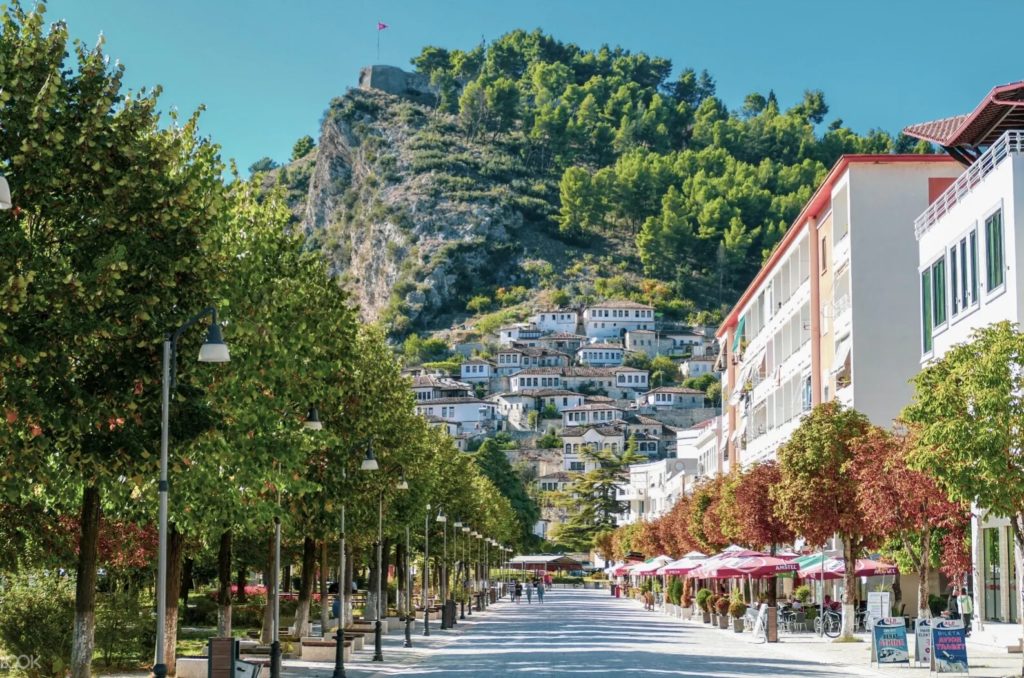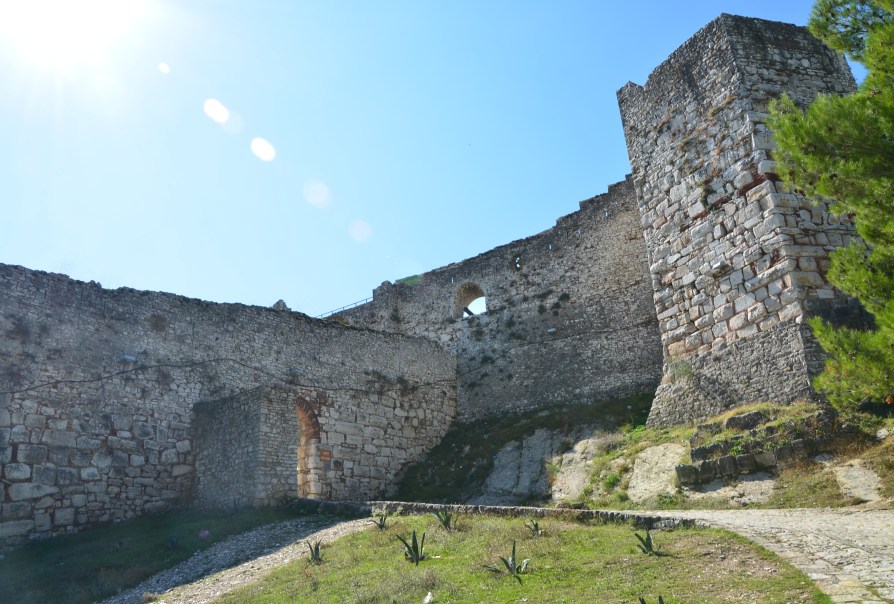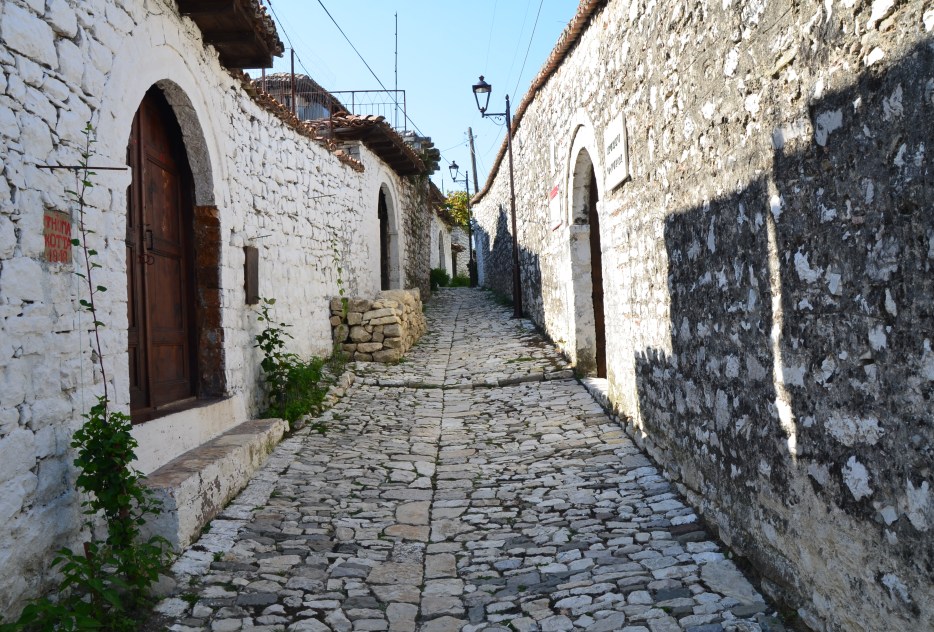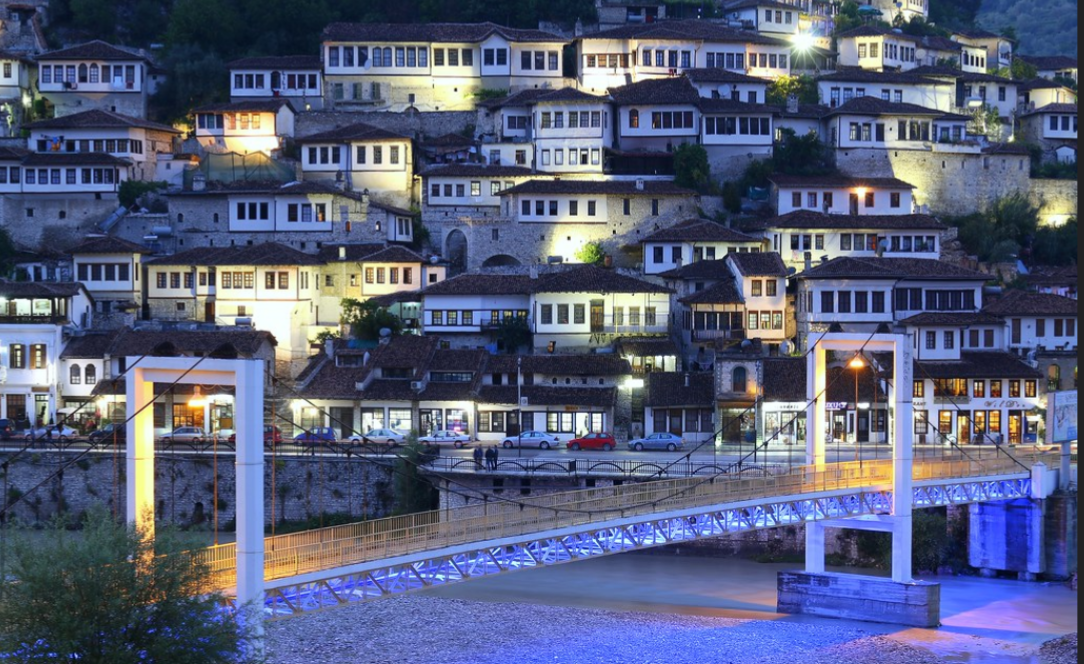There are many places that often come to our mind, for they have left to us great impressions or beautiful memories. The reasons for this can be many, but there is always a uniqueness which we keep as a vivid remembrance for a long time. As for myself, if I have to choose some of the most beautiful places in Albania, undoubtedly one of them would be the city of Berat.
And for this choice “the city of one thousand and one windows” has many reasons to give…
Located in central Albania, Berat remains today the most iconic historical town in the country and most visited by tourists. This city is a living testimony of the coexistence of various cultural and religious communities down the centuries. It features a castle, locally known as the” Kala”, most of which was built in the 13th century, although its origins date back to antiquity the 4th century BC. The citadel area numbers many Byzantine churches, mainly from the 13th century, as well as several mosques built under the Ottoman era from 15th to 19th century.
Since 2005, the old town has been recognized as a World Heritage Site by UNESCO.
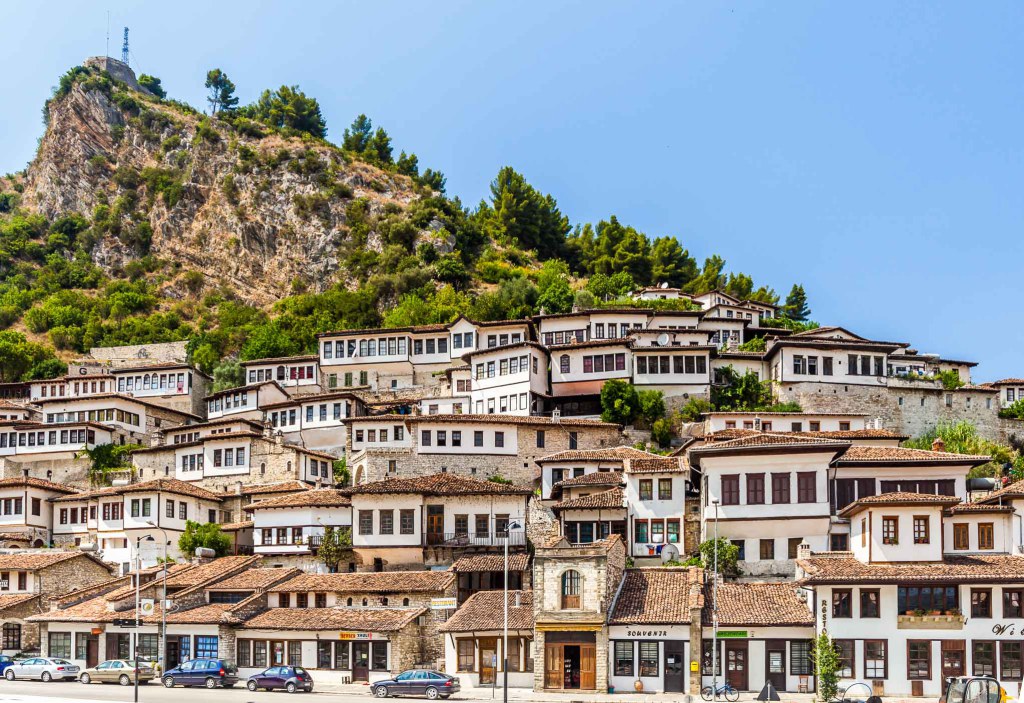
Between Byzantine and Ottoman Heritage
Berat in its centuries-old history has preserved two wonderful elements of its cultural heritage: Ottoman architecture and Byzantine art.
The neighborhoods of the old town are Mangalemi and Gorica, which are separated by the river Osum, and Kala (castle) on the hill. Berat has been listed as one of the most beautiful towns in Europe, widely known as a great example of a well-preserved Ottoman town. It is one of the world’s oldest continuously inhabited cities, and a beautiful combination between eastern and western cultures, between Christian and Islamic heritage.
Walking through the ancient stone alleys of the citadel we will see a real oasis of Byzantine culture. Buildings from roman times, and medieval churches decorated with outstanding murals, frescos and byzantine iconography are numerous. The most well-known sites of byzantine art inside the castle walls are the church of St. Mary of “Vlachernae”, that lies in a perfect harmony with the hill, church of the Holy Trinity with its imposing great architectural style and the Iconographic museum “Onufri” (named after the famous medieval Albanian painter.)
Maybe the most prominent memory of the Byzantine heritage in Berat is the manuscript known as ‘Codex Purpureus Beratinus’. It dates as early as 6th century, containing many parts from New Testament it is one of the oldest Biblical codex in the world.
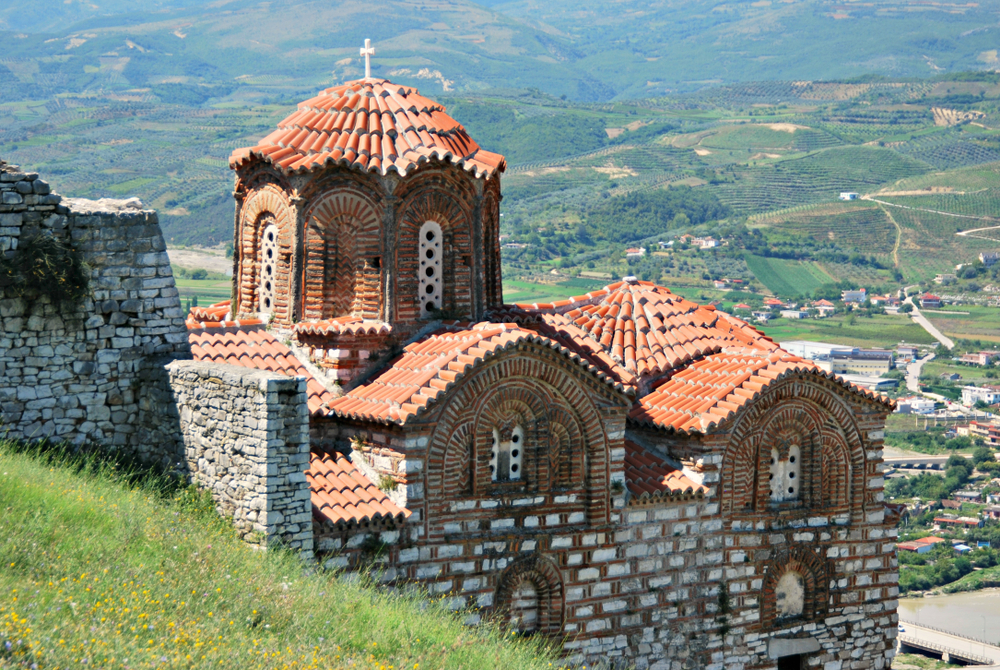
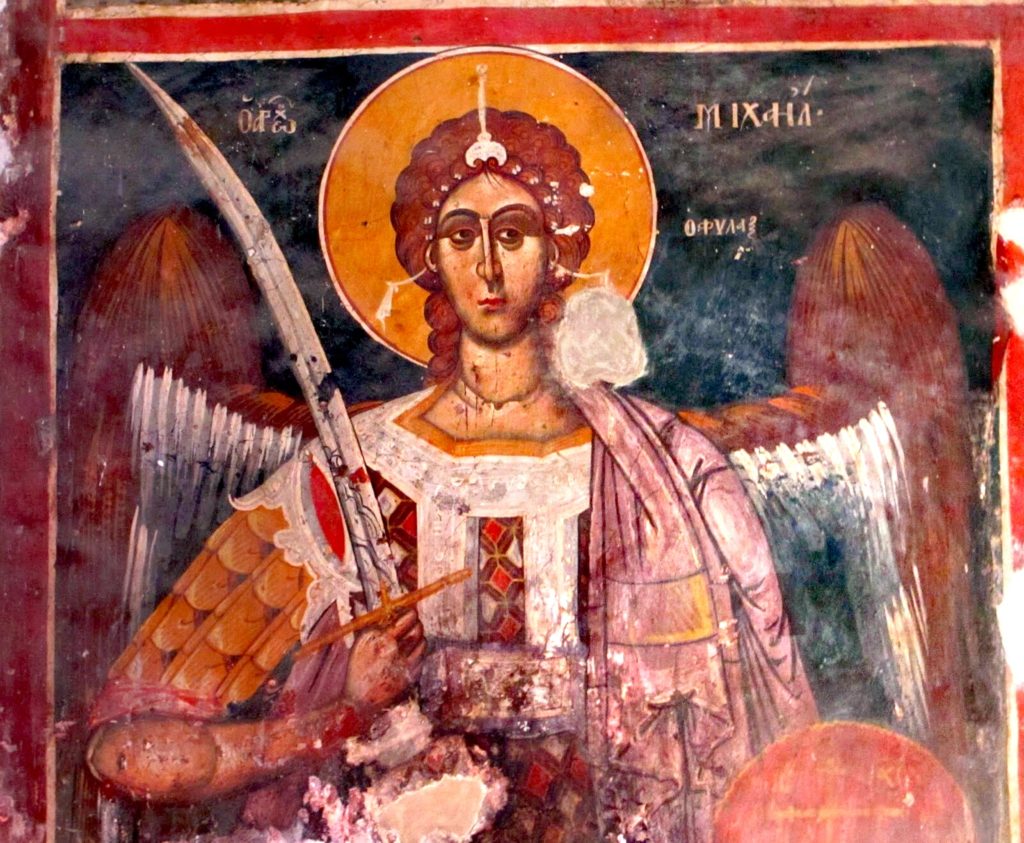
Although later in time, the Ottoman heritage has left visible traces throughout the architecture of the town, in typical houses and public buildings. The” Mangalem” quarter has perfectly preserved this treasure, and make it visible to this day . Near the street running down from the fortress is the “Bachelors’ Mosque”, built in 1827. This has a handsome portico and an interesting external decoration of flowers, plants and houses painted on the surface. The panoramic Ottoman architecture is in perfect harmony with older part of the city.
“It is a landmark, a shining white cliff like a vault of heaven, upon which are situated numerous towers, churches, belvederes and pavilions. A city surrounded by vineyards, and houses with beautiful rose gardens”
Evliya Çelebi – Ottoman chronicler from 17th century
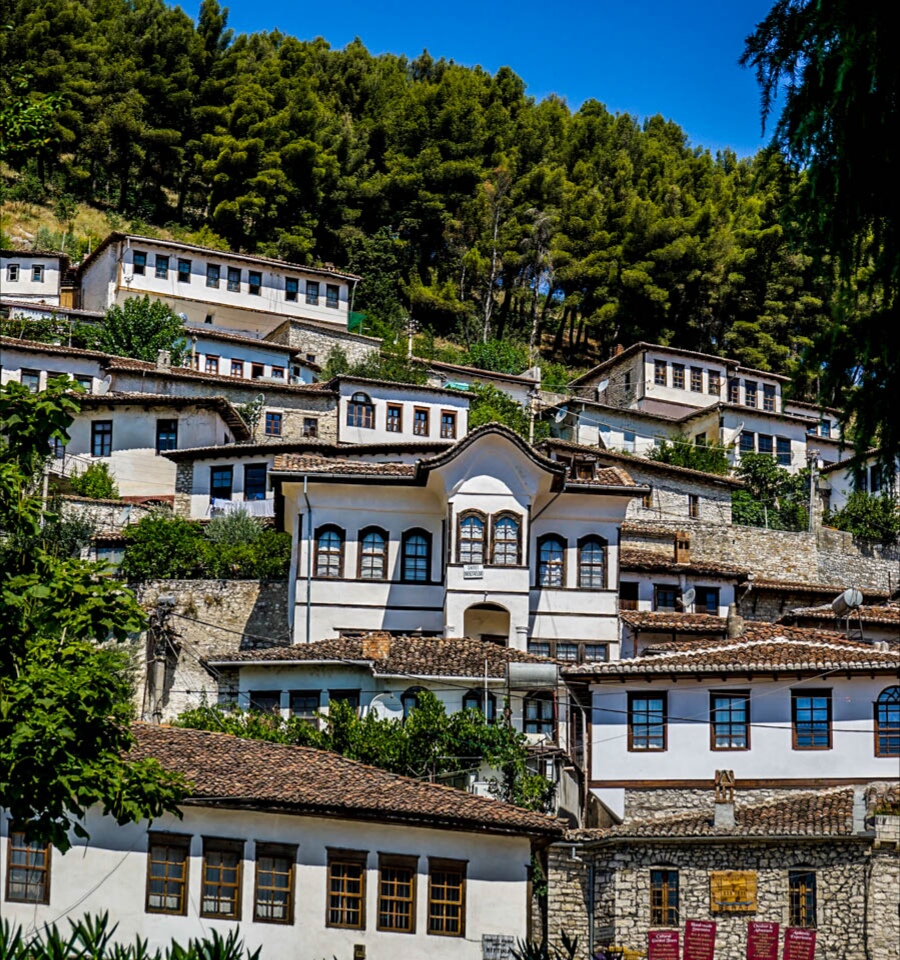
The special and unique architecture of this city as we mentioned before has major influences from several civilizations that amazingly, have managed to coexist together for centuries.
This is what makes Berat so unique among other historical towns. If we add here the interesting fact of existence of a small Jewish community on the city in 16th century, then with no doubt we can consider Berat a small jewel on the great mosaic of cultures and civilizations.
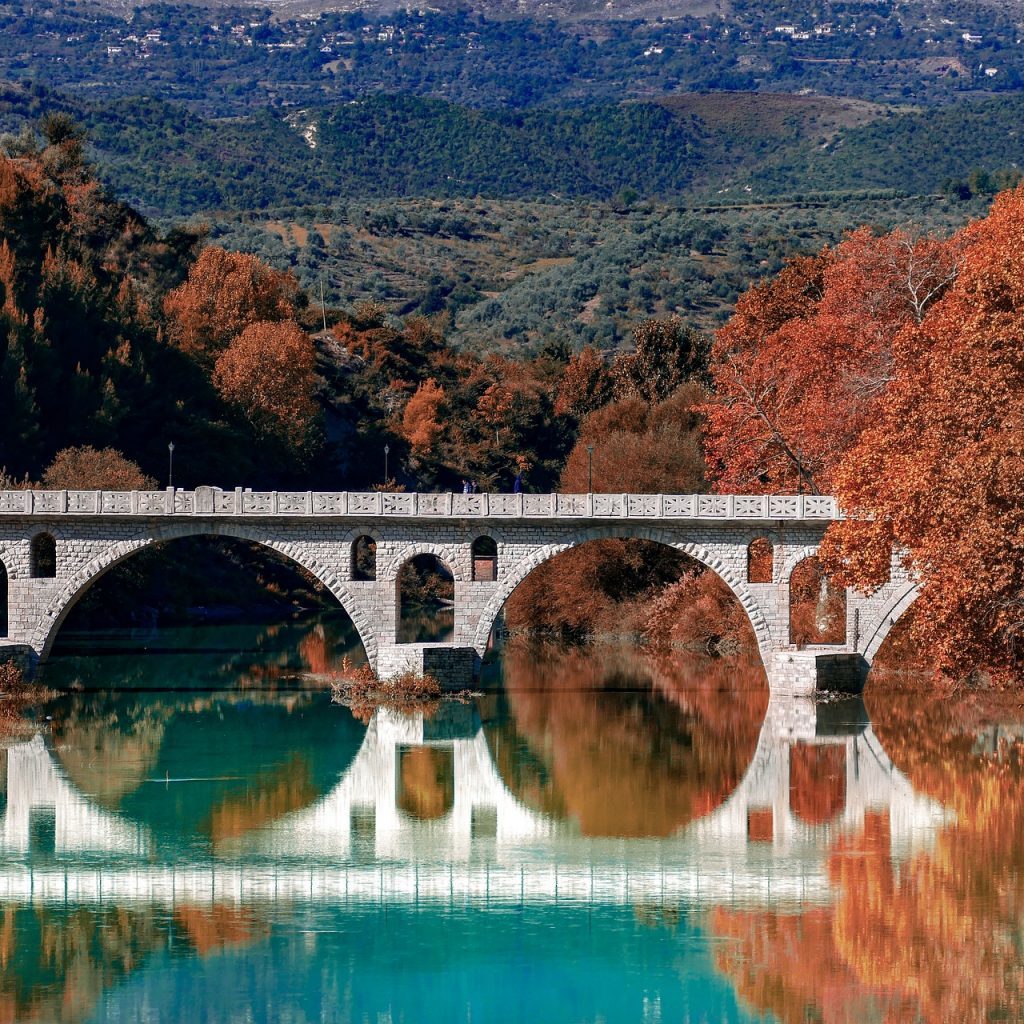
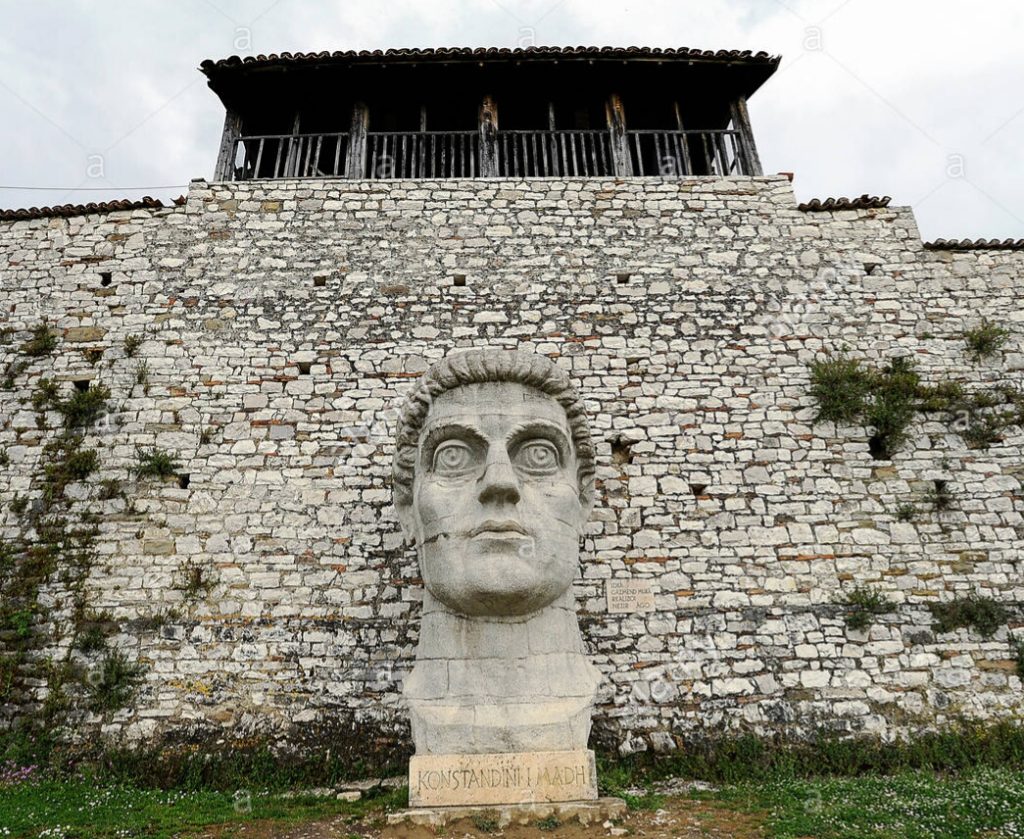
Why ‘One Thousand and One Windows’?!
Many may be wonder with the nickname ‘the city of one thousand and one windows’. What is certain, is that no one has claimed to have counted all the windows.
But in the other hand in Albanian language this epithet is almost identical with the other phrase: “one above another windows”. Even this looks more like a game of words, the reason behind the nickname probably is due to the skyline landscape formed by the white houses of Berat and their windows, that looks they are “climbing” on the city’s hills. When visit the city for the first time, one can instantly notice it is seemingly “never ending windows” panorama. And this breathtaking landscape has remained so for centuries, to bear witness for its history and heritage.
No other city can represent Albania better than Berat, it has become now as one of the important cultural centers of the country. Throughout many historical transitions the city have strongly preserve his values , thus becoming an example for many other cities in preserving their cultural heritage, and yet, at the same time following the trend of modernisation and development.
